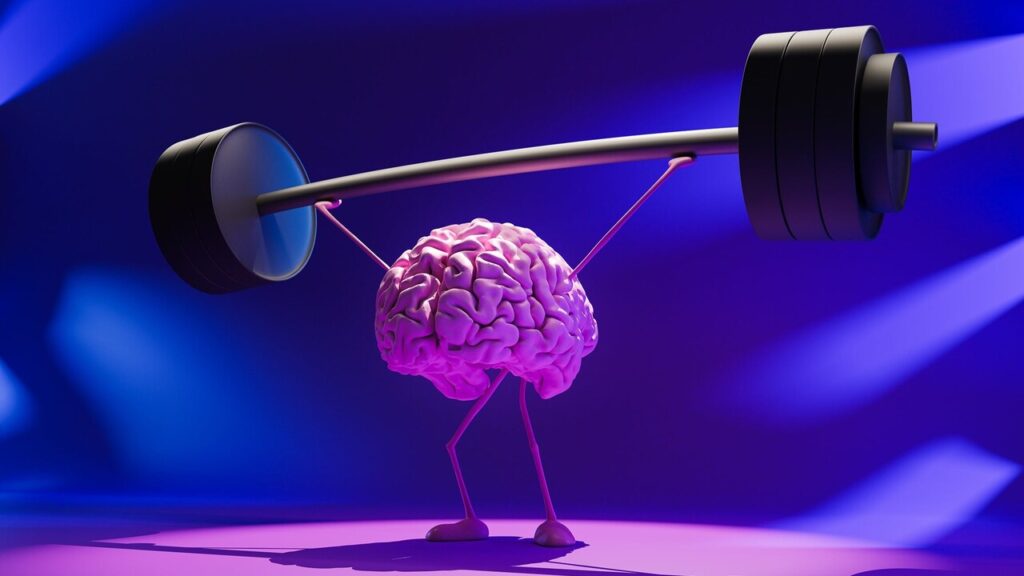
Detox
Among many things 2023 has taught us, being grateful and enjoying life with basic necessities precedes all. However, being home in quarantine has resulted in fewer physical activities, high-stress levels, weight fluctuations, and mental exhaustion. So, if kicking off the new year with hopes for a healthier you is in the cards, detox is for you.
Detoxification is an essential function of our body. Many people associate detoxification with starvation, liquid diets, or juice cleanses, but those methods don’t allow the body to heal and repair. Proper detoxification starts with establishing your baseline health and needs.
Detox is a natural process
At all times, multiple metabolic processes are taking place simultaneously in the body to maintain homeostasis. Detoxification is one of these metabolic processes. In simple words, it’s a process through which the body eliminates unwanted substances through sweat, breath, mucus in the airway, stool, and urine. Under “normal” circumstances the body is self-sufficient in taking care of this process. But our life is far from the “normal” of thousands of years ago when our metabolic processes evolved. We now eat processed foods laced with chemicals to improve the shelf life instead of whole foods. We do not follow the sun cycle with which our circadian rhythm is tied. We are awake and eating when the sun is down and sleep when the sun is shining brightly. We apply antiperspirant and deodorant to minimize sweating as the odor is socially unacceptable. And the list goes on… As you may have already concluded, avoiding all toxic exposure is not possible with our modern lifestyle.
An overloaded detoxification pathway may lead to clinical patterns such as chronic fatigue, autoimmune disease, chronic constipation, mood disorder, sleep disturbances, or endocrine disruption. Food and nutraceuticals that support liver biotransformation may help alleviate the toxic burden, allowing the body to operate more efficiently and improve resilience. In resistant cases, genotyping can assist in deciding appropriate diet, food preparation, and eating patterns to induce the appropriate phase I and phase II enzymes responsible for balanced detoxification of exogenous molecules and biotransformation of endogenous metabolic by-products.
Detox must be personalized
Before you begin this rejuvenating process of detox, it’s prudent to understand that detoxification is a highly personalized process that needs to be adjusted to meet your needs depending on your current health and lifestyle. If you are suffering from chronic diseases like diabetes, hypertension, heart disease, etc. you need a thorough evaluation and careful follow-up through this process. In the clinic, we can do blood and urine tests for biomarkers that indicate areas of deficiency. People can also do a self-assessment to determine if they have a toxic overload. If they are experiencing symptoms such as fatigue, foggy brain, diarrhea or constipation, bloating, cravings, and eczema, those are indications that the system isn’t in homeostasis.
The Heal n Cure Detox Food Plan benefits patients by helping them eat more of those foods that support pathways in the liver for healthy elimination, as well as reduce additional exposures to toxic compounds. We utilize the phytonutrient-dense Detox Food Plan to support intestinal and liver function during the metabolic detoxification process. Cruciferous vegetables, berries, soy, garlic, and spices like turmeric support the biotransformation of polychlorinated biphenyls. There are no caloric limits with this eating plan, but rather the focus is on the quality of healthy fats, whole grains, legumes, abundant greens, and other vegetables to ensure that metabolic detoxification processes have a good nutritional foundation. Consuming phytonutrient-dense and diverse food aids the detoxification process. The bottom line is that while green, non-starchy vegetables are essential for detoxification, it is important to eat a rainbow of colors every day. A healthy detox gives you nourishment from eating whole foods in a systematic manner, including lentils, nuts, produce, and whole grains. These foods supply the macronutrients you need for energy, and fiber to encourage regular digestion. Fruits and vegetables are nutrient-dense and contain prebiotics, probiotics, antioxidants, anti-inflammatory nutrients, and phytochemicals that help support the liver. Micronutrients, such as vitamins, minerals, and enzymes, can also come from supplements, herbs, and essential oils. Giving the body proper nutrition is the best way for it to begin to repair and heal, as well as build up healthy gut bacteria.
The science behind the detox
While certain foods support the body’s natural detoxification pathways, food-based toxicant exposures may contribute to poor health. Metallic compounds in seafood, pesticide residues in fruits and vegetables, and hormones found in many dairy products are examples. Glyphosate, malathion, parathion, and dimethoate are known for their endocrine-disrupting potential. They have been associated with effects on the function of cholinesterase enzymes; a decrease in insulin secretion; disruption of normal cellular metabolism of proteins, carbohydrates, and fats; genotoxic effects; and effects on mitochondrial function, which can lead to cellular oxidative stress and problems with the nervous and endocrine systems. Neonicotinoid pesticides are used on crops like corn, canola, soybeans, and the majority of fruits and vegetables. Neonicotinoids have been associated with colony collapse disorder in honey bees. Neonicotinoids may stimulate a change in the enzyme aromatase (CYP19) in a promoter-specific manner similar to that observed in patients with hormone-dependent breast cancer. Glyphosate, found in the common weed killer Roundup, has been link犀利士 ed to cancers like non-Hodgkin’s lymphoma. In addition to cancer, studies suggest that organophosphates may be tied to a wide variety of other negative health effects, including ADHD, muscle weakness, and numbness.
Dr. Meena’s Vital Dose for Detox
Dr. Meena’s Vital Dose for Detox supports your body’s innate ability to detoxify your body. A few of the vast array of phytonutrients included for this purpose are curcumin, quercetin, and resveratrol. These have been reported to stimulate the expression of endogenous detoxification enzymes and may neutralize harmful environmental agents. Phytonutrients in cruciferous vegetables (including a rich amount of glucosinolates that are hydrolyzed to bioactive isothiocyanates such as sulforaphane) regulate liver enzymes, phase I cytochrome P450 (CYP450) enzymes, and phase II conjugation enzymes to increase biotransformation rates. Polyphenols also affect CYP450 metabolism, supporting the biotransformation processes—particularly of estrogen.


